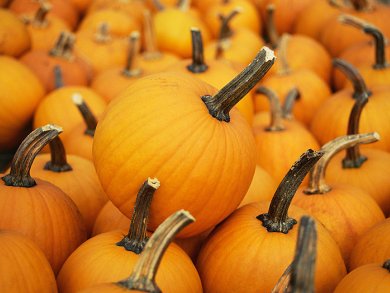Little is known about the impact of manufactured nanomaterials on plants, especially plants that are food crops. Vincent Rotello, Baoshan Xing, Richard Vachet, and colleagues, University of Massachusetts, Amherst, USA, used functionalized Au nanoparticles (NPs) with different, well-defined surface charges to study how the surface chemistry of NPs affects their uptake and translocation in plants. Rice, perennial ryegrass, radish, and pumpkin were exposed to AuNPs in a 5-day period experiment.
The team found that the uptake and translocation of AuNPs in plants are dependent on NP surface charge and plant species.
Positively charged AuNPs are most readily taken up by plant roots. This can be explained by the attractive electrostatic interactions between the positively charged AuNPs and the negatively charged root surface. Negatively charged AuNPs move due to repulsive electrostatic interactions most efficiently across the root epidermis and into plant shoots including stems and leaves, particularly for rice and ryegrass.
Radish and ryegrass roots generally accumulated higher amounts of the AuNPs (14−900 ng/mg) than rice and pumpkin roots (7−59 ng/mg). Each of the AuNPs used in this study were found to accumulate to statistically significant extents in rice shoots (1.1−2.9 ng/mg). None of the AuNPs accumulated in the shoots of radishes and pumpkins.
- Effect of Surface Charge on the Uptake and Distribution of Gold Nanoparticles in Four Plant Species,
Zheng-Jiang Zhu, Huanhua Wang, Bo Yan, Hao Zheng, Ying Jiang, Oscar R. Miranda, Vincent M. Rotello, Baoshan Xing, Richard W. Vachet,
Environ. Sci. Technol. 2012.
DOI: 10.1021/es301977w



